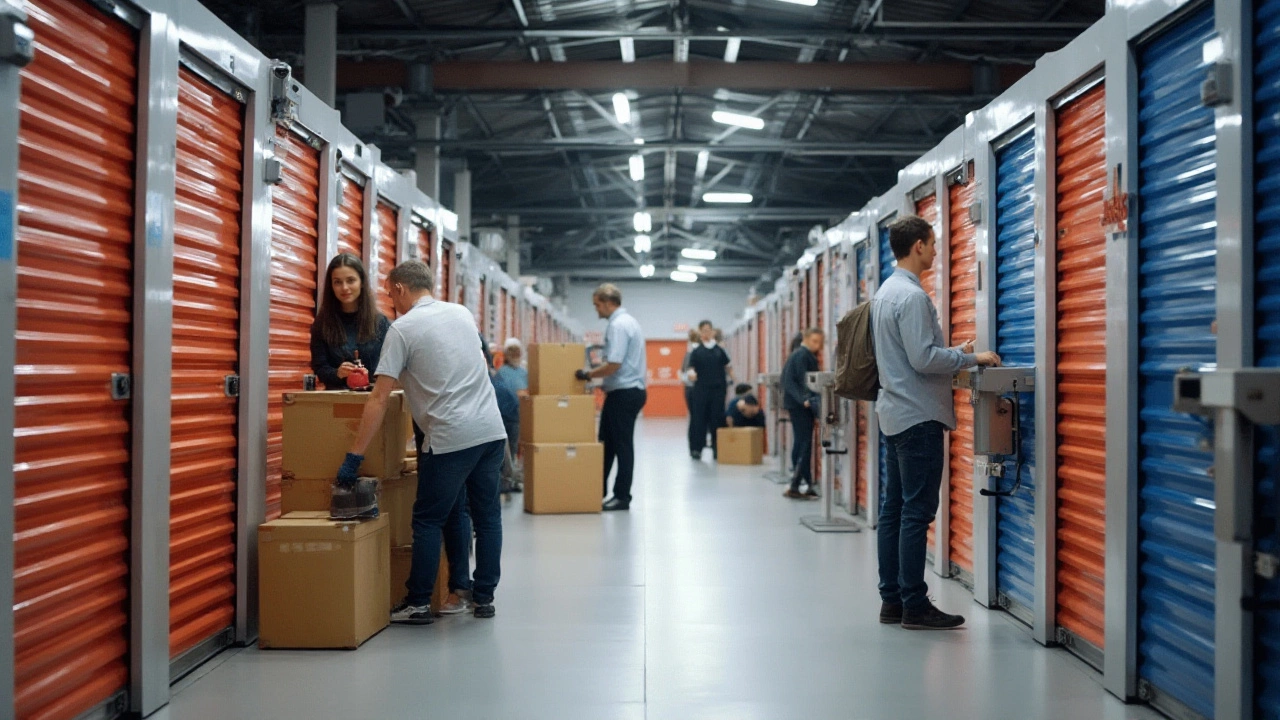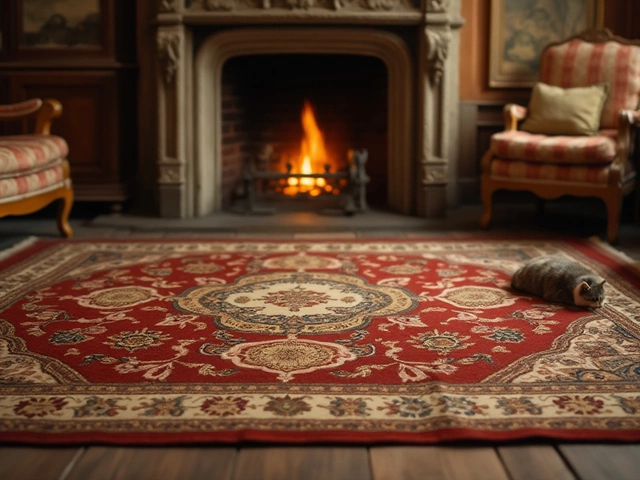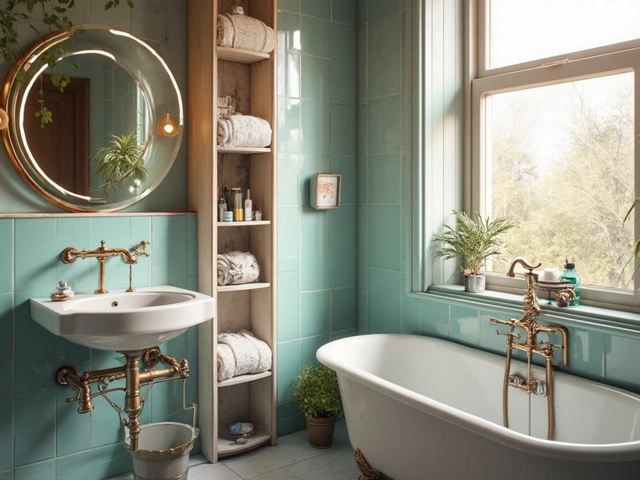Long‑Term Storage Made Simple
Got a box of memories, a seasonal wardrobe, or a few pieces of furniture you need to stash away? Storing stuff for months or years doesn’t have to be a gamble. With a few smart choices, you can keep everything in good shape and avoid the surprise of damaged belongings when you finally pull them out.
Pick the Right Space and Containers
First thing’s first – where are you putting your stuff? A 10x20 storage unit is a popular size because it can hold the contents of a few rooms. Think of a bedroom set, a living‑room sofa, and some boxes. If you only need a smaller space, a 5x5 or 5x10 unit can be enough and will cost less.
Once you’ve got the unit, choose containers that won’t trap moisture. Plastic bins with tight‑sealing lids beat cardboard boxes for long‑term use. Cardboard can warp, absorb water and attract pests. If you do use boxes, reinforce the bottom with tape and label each side clearly.
Don’t forget to leave a little breathing room between items. Stacking everything flat can crush delicate pieces. Instead, place sturdy items on the floor, then layer lighter or foldable stuff on top. This also makes it easier to reach things later without moving a mountain of boxes.
Protect, Label, and Maintain
Protection is key. Wrap furniture in moving blankets or bubble wrap, especially wooden frames and metal legs. For textiles, use vacuum‑seal bags – they shrink down, keep out dust, and reduce the space needed.
Labeling might sound boring, but it saves hours when you finally need that winter coat or an old photo album. Write a brief description on each bin and include an inventory sheet that you keep on your phone or a laptop. Some people even take a quick photo of the inside of each box; it’s a tiny step that pays off later.
Climate matters, too. If you’re storing items that can be damaged by humidity (like leather, electronics, or paper), look for a climate‑controlled unit. These units keep temperature and moisture levels steady, preventing mold and warping.
Finally, check on your storage every few months. Walk around, open a box or two, and make sure there are no signs of water leaks or pests. A quick visit lets you catch problems early before they spread.
Long‑term storage doesn’t have to be a mystery. Pick a size that fits your needs, use sturdy containers, protect each item, label everything, and do occasional check‑ins. Follow these steps and you’ll open your unit years later to find everything exactly as you left it – ready to use, sell, or gift.

Is Long-Term Storage a Wise Investment?
Long-term storage offers a practical solution for people dealing with excess belongings, but whether it is worth the investment depends on various factors like cost, security, and convenience. Understanding the types of storage available and the potential benefits or drawbacks can help consumers make informed decisions. This article explores the ins and outs of long-term storage, providing tips for selecting storage options that suit different needs. Readers will learn about smart strategies to maximize use of storage units and safeguard their possessions over time.
Categories
- Storage (27)
- Bathroom (18)
- Sofas (15)
- Curtains (15)
- Home Decor (12)
- Bedding (11)
- Kitchenware (11)
- Cushions (11)
- Mirrors (10)
- Rugs (9)



